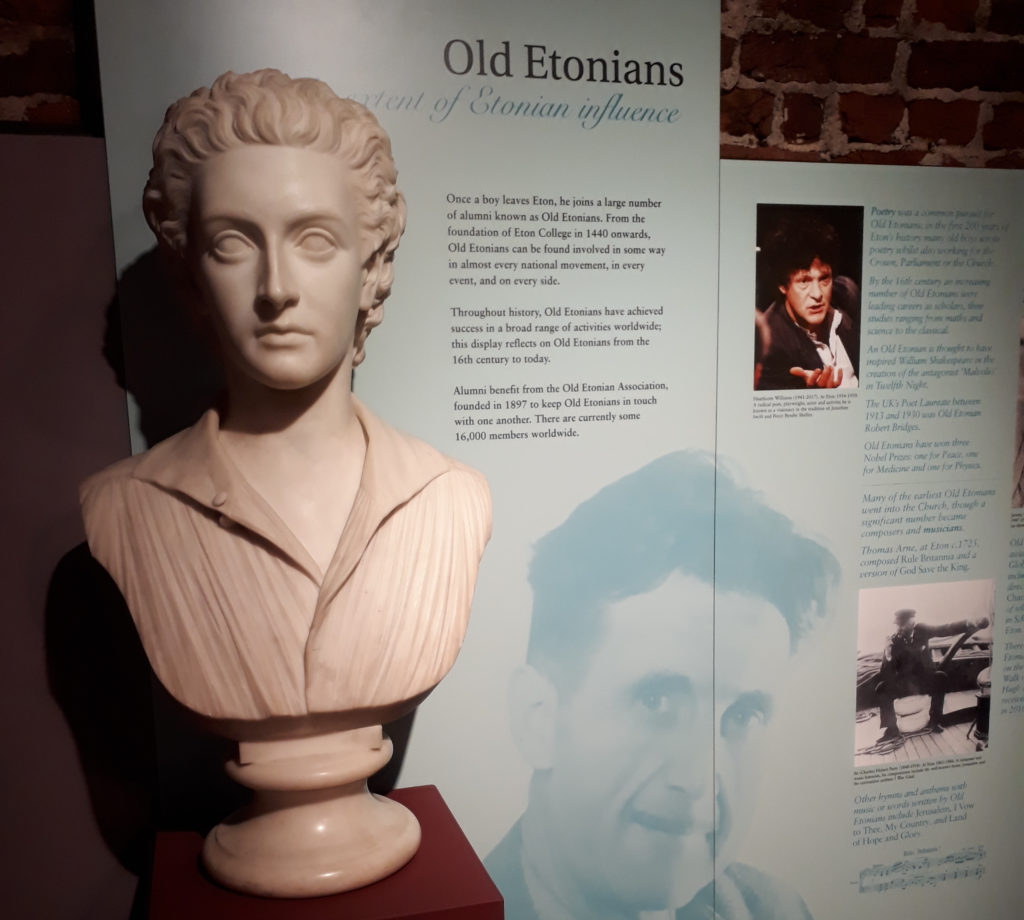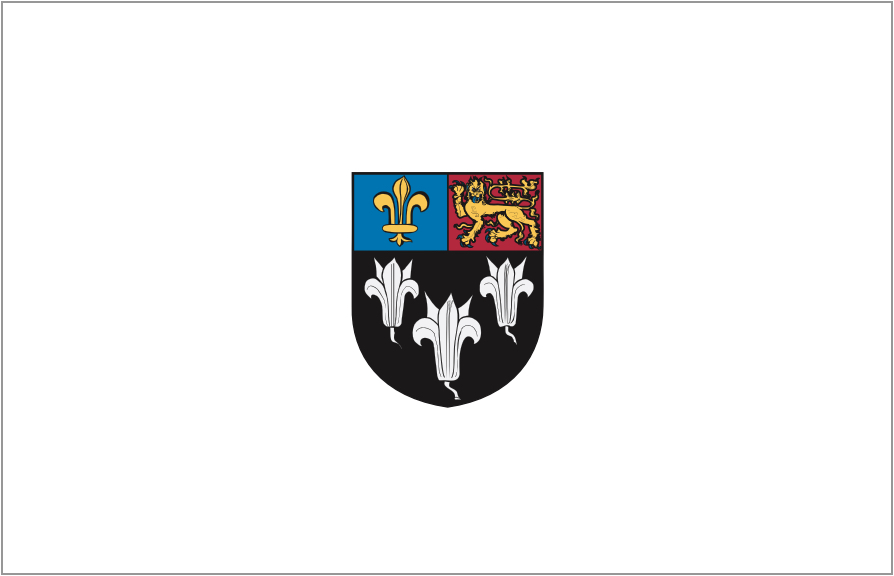These three teeth tell us a lot of information about the lifestyle and habitats these bears lived through.
The tooth on the left is from a Cave Bear (Ursus Spelaeus). This bear was aptly named due to its fossilised remains being found primarily in caves. This bear represents one of the most frequently found remains from the Pleistocene epoch in Europe[1].

The teeth on the right are from another extinct species of Bear known as the Deninger’s Bear (Ursus Deningeri). Based on studies on dental wear and mandible morphology, these two species had similar diets and resided in the same habitats. This can be inferred based upon the fossil locations.
Despite being found in caves alongside Cave Bears, this species (Deninger’s Bears) has been studied less frequently than cave bears[2]. This could be due to cave bears spending more time in caves during the summer months rather than just during hibernation like the Deninger’s Bear.
By Anjali Dhunna, Gallery Steward
[1] Loreille, O., Orlando, L., Patou-Mathis, M., Philippe, M., Taberlet, P. and Hänni, C., (2001) Ancient DNA analysis reveals divergence of the cave bear, Ursus spelaeus, and brown bear, Ursus arctos, lineages. Current Biology, 11(3), pp.200-203.
[2] van Heteren, A.H., Arlegi, M., Santos, E., Arsuaga, J.L. and Gómez-Olivencia, A., (2019) Cranial and mandibular morphology of Middle Pleistocene cave bears (Ursus deningeri): implications for diet and evolution. Historical Biology, 31(4), pp.485-499.





